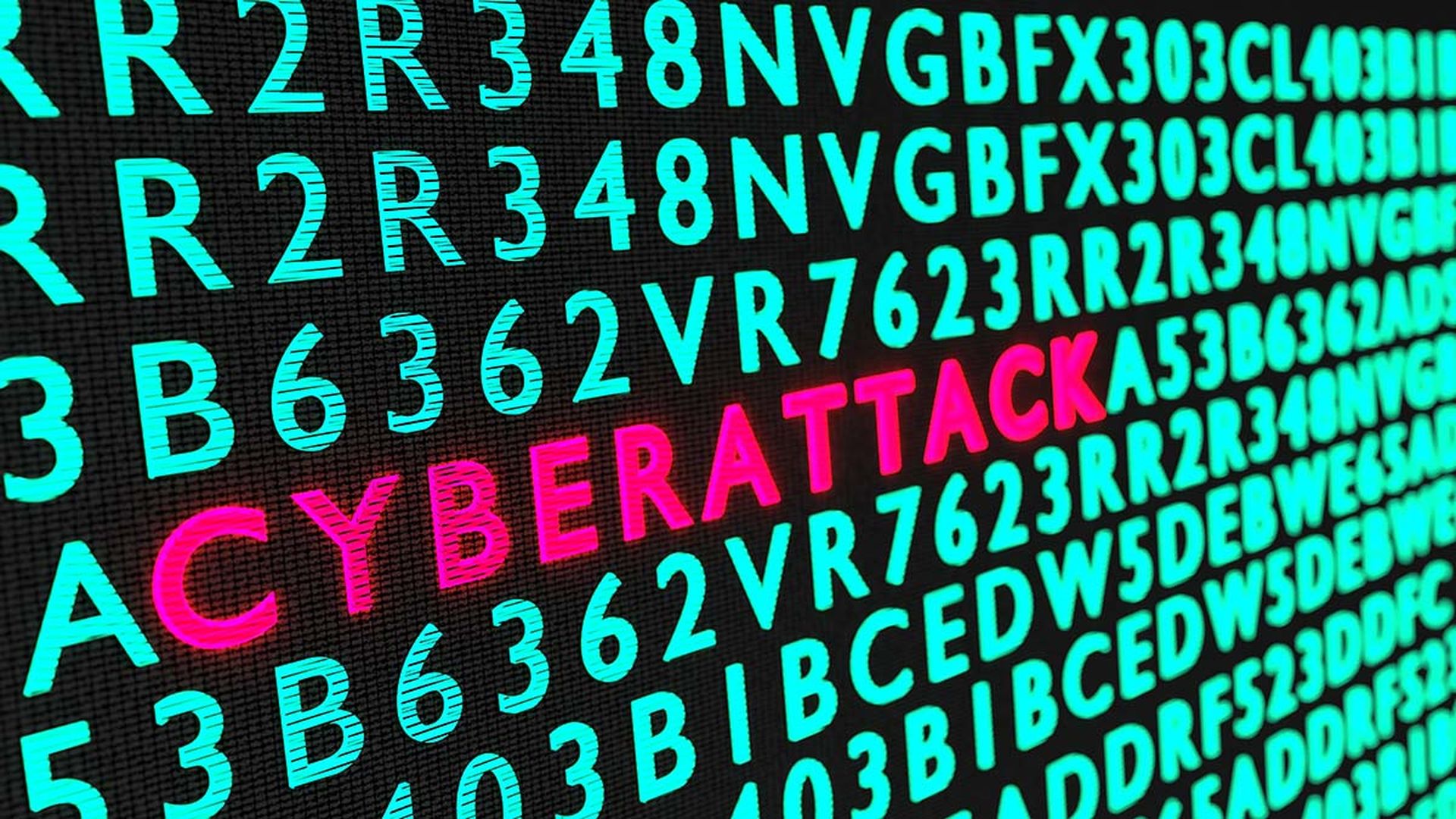Hackers continue to become more sophisticated and their skills seem ever increasing. Security is a topic that everyone, across all industries, has become keenly aware of as we seek solid, if not easy-to-use, solutions that will ensure that our money, credit cards and personal information are kept safe and secure. It's no different in the business setting. Organizational leaders want to ensure that their customer's information is kept safe from intruders.
All of these factors have lead us to look toward more secure means to keep our information from being stolen by hackers, of course; hackers that have learned to get around traditional security measures.
The most common form of security used nowadays is, of course, the user name and password combination; a fact that many would like to see change. Even though the calls for death of the password persist, it's going to be with us for a long time.
But, time and time again, we continue to witness how this form of “security” is becoming obsolete. Users can't remember all of their log-ins so they tend to write them down, which is, of course, not secure, or a hacker is able to access and unencrypt user logi-in data for hundreds or even thousands of users.
So what is the future of security and authentication?
Biometrics has proven to be one of the newest, most secure ways in which to authenticate and identify oneself. Such methods use human voice, retina scanning, facial recognition and fingerprint to authenticate a user. Some computers are even able to read the user's signature and match it to their original signature in the system to verify the user.
Apple has even jumped on the trend with its new Apple Pay technology. Apple Pay allows users to easily and securely pay for something at the store without even having to take out a credit card. A user simply holds a phone near the reader and puts a finger on the Touch ID so that it scans the fingerprint. This ensures security since a physical fingerprint must be present instead of just a user name and password, which could easily be stolen. Users can then pay through their credit cards without the benefit of anything but their phones and don't have to worry about having their information compromised.
This method of biometrics has become extremely popular because of the security benefits it offers. Of course, using just one method of authentication is always less secure and can be hacked more easily. This is why in the near future, we will also see a dramatic shift away from the current norm of typing in a user name and password to a more secure technology consisting of a second factor of authentication or even multifactor authentication. This increases security by requiring the users to present something they know, such as a password or PIN, something they have, such as a smart card or mobile device, and possibly something they are, represented by a biometric characteristic.
As hackers become more advanced, our security methods also must evolve and become more secure so that we aren't just giving our information away.


